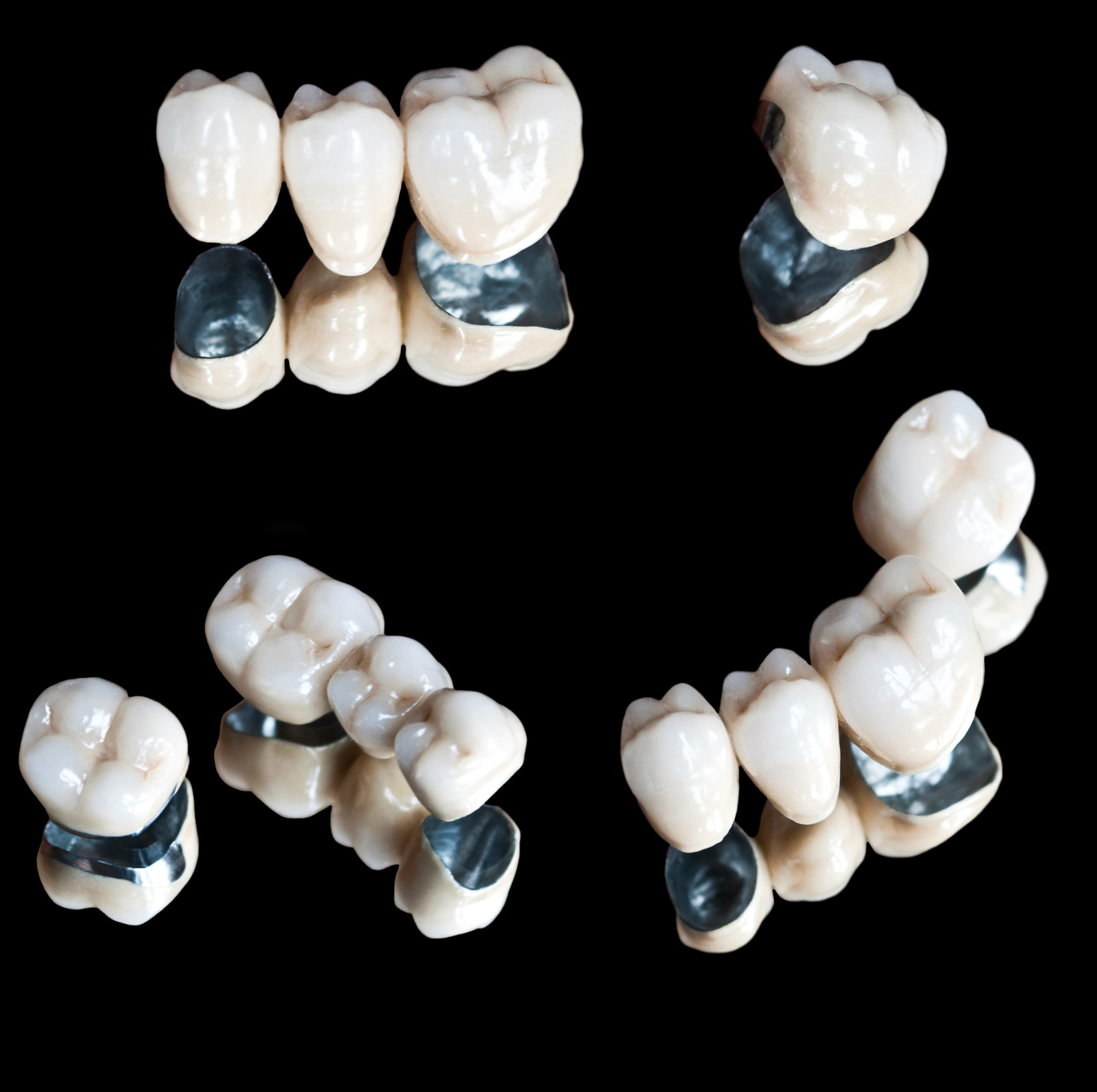A dental bridge is a permanent dental appliance that replaces a missing tooth or teeth. It is made up of several dental crowns stuck together to fill the space left behind by a missing tooth or teeth. Dental bridges are a good alternative to partial dentures and serve both aesthetic and functional purposes, allowing patients to speak, eat, and smile with ease.
Dental bridges near Kissimmee can be made of many materials, including alloys, gold, or porcelain. In this blog post, our team at Family Dentistry and Dental Specialists Group tells you all you need to know about these dental restorations.
Who is a Good Candidate for Dental Bridges?
Not everyone is an eligible candidate for a dental bridge. Here are some things that make individuals good candidates:
- Missing one or more teeth
- Having a strong bone structure and healthy adjacent teeth
- Having good oral hygiene
- Having good overall health
When you visit a dentist near you for dental bridges, they will discuss the above factors to determine if you are a good candidate for this dental restoration.
Types of Dental Bridges
If you have missing teeth, you are not the only one. On average, adults between the ages of 20 and 64 years of age have three missing or decayed teeth. Luckily, there are many options for replacing missing teeth, such as dental bridges. There are four kinds of dental bridges near you:
#1 Traditional Dental Bridges
These are the most popular type of bridges and consist of one or more false teeth held in place by dental crowns. These crowns are also known as abutments, and they are cemented onto the teeth beside your missing tooth.
#2 Cantilever Bridges
This type of bridge is very similar to traditional bridges, but the false tooth is supported by an abutment on only one side, rather than both. These are ideal if there is only one natural tooth next to the space left behind by a missing tooth.
#3 Maryland Bridges
These are the most conservative dental bridges because they use a metal framework to anchor in the mouth rather than dental crowns. This means that the adjacent teeth do not need to be altered in any way.
#4 Implant-Supported Bridges
These are the most permanent form of dental bridge because they are surgically inserted into your jawbone for a secure and natural appearance and function. The downside to this dental bridge is that it requires two invasive procedures and a longer healing time.
Caring for Your Dental Bridge
When you get a dental bridge, you can expect to last up to a decade with the right care. Make sure that you maintain excellent oral hygiene, such as brushing and flossing daily and visiting a dentist near Kissimmee at least once every six months for a professional dental cleaning and checkup.
You will also need to make some dietary changes to keep your bridge in excellent shape. You should avoid foods such as:
- Hard snacks and candy
- Popcorn
- Chewy/sticky candy
- Nuts
Ensure that you know what you can and cannot eat immediately after your dental bridges are placed and follow your dentist’s advice for aftercare.
Interested in Dental Bridges?
If you would like to learn more about dental bridges, please do not hesitate to contact our team at Family Dentistry and Dental Specialists Group. We look forward to helping you achieve the smile of your dreams.
